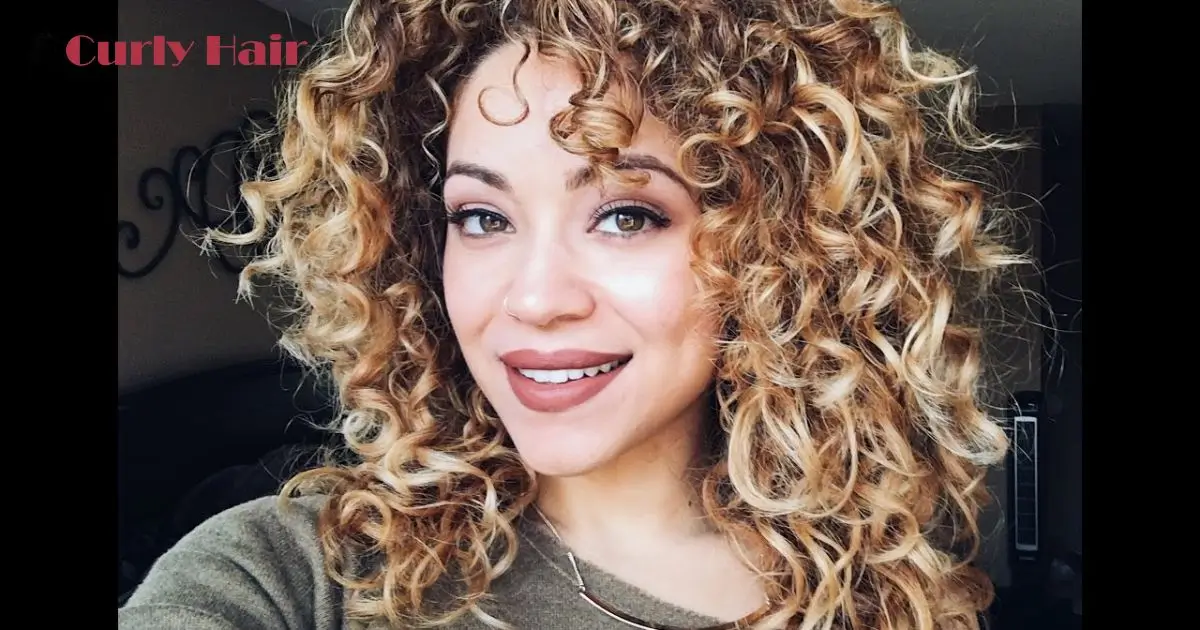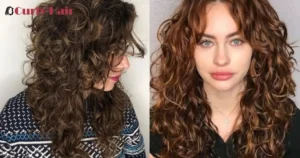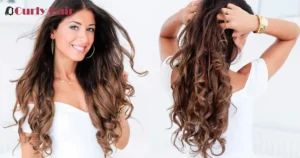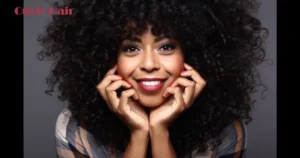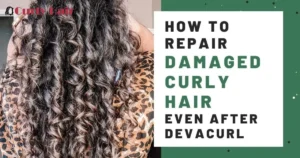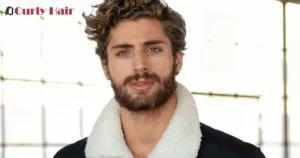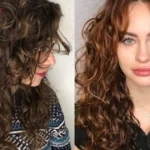Curly hair is undeniably beautiful, but it also requires extra care and attention. Over time, our curls can experience damage due to heat styling, chemical treatments, and environmental stressors. So, what’s the best curly hair repair method for damage? In this guide, we’ll walk through the most effective techniques and products to help restore and maintain the natural beauty of your curls that also increases your curly hair growth.
If you’re dealing with dry, frizzy, or brittle curls, you’re in the right place. Whether you’re trying to recover from heat damage, chemical treatments, or environmental stress, these proven methods will give you back the healthy, bouncy curls you love.
Why Does Curly Hair Need Special Care?
Curly hair has a unique structure that can make it more prone to damage compared to straight hair. Its spiral shape causes the natural oils produced by your scalp to travel down the strands less effectively, leading to dryness.
This can result in frizz, breakage, split ends, and overall weakened hair.The most common causes of curly hair damage include:
- Heat Styling: Frequent use of flat irons and blow dryers can strip curls of their natural moisture.
- Chemical Treatments: Dyeing, relaxing, or perming hair can cause long-term damage.
- Harsh Products: Shampoos with sulfates and parabens can strip curly hair of its natural oils.
- Environmental Factors: Sun, wind, and pollution contribute to dryness and damage.
How to Identify Damaged Curly Hair?
If your curls are feeling limp, frizzy, or breaking easily, it’s a sign that they may need some repair. Look out for split ends, breakage, or dullness; these are all common signs that your curls need extra care.Here are some effective curly hair repair Methods below:
Protein Treatments to Strengthen Your Curls
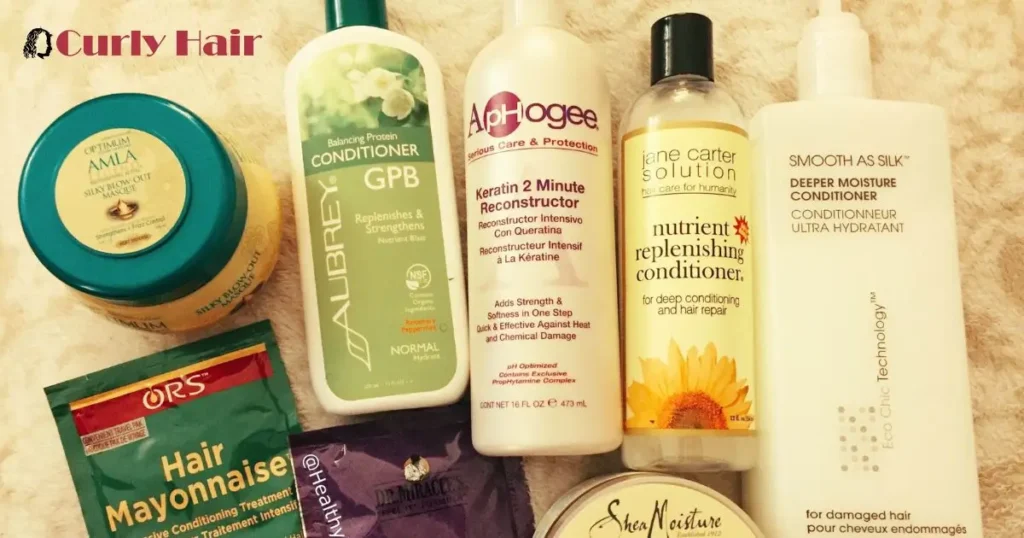
Curly hair is primarily made of keratin, a type of protein. Over time, heat styling, chemical treatments, and environmental factors can break down this protein, leading to weak and brittle curls. A protein treatment helps restore the strength and structure of your hair, improving its elasticity and preventing further breakage.
Why You Need It: Protein treatments rebuild the hair shaft, adding strength and reducing breakage and it gives you shiny curly hair.
Best Products: Look for products containing hydrolyzed silk protein, keratin, or amino acids to repair and strengthen your curls.
Frequency: Use protein treatments every 4,6 weeks, depending on the damage level. Overuse can lead to stiffness, so always balance with moisturizing treatments.
Deep Conditioning for Moisture and Shine
Damaged curls often lack moisture, leading to dryness, frizz, and an overall lack of shine. Deep conditioning is one of the best ways to infuse moisture back into your hair and help it regain its healthy appearance.
Why You Need It: Deep conditioning helps nourish dry strands, seal in moisture, and restore softness and elasticity and increases curly hair volume.
Best Ingredients: Look for masks with shea butter, avocado oil, and coconut oil. These ingredients provide intense hydration and nourishment.
Frequency: Apply a deep conditioning mask once a week to keep your curls soft and hydrated.
Co-Washing to Preserve Natural Oils
Instead of traditional shampooing, try co-washing, which uses a conditioner to cleanse your scalp and hair. Traditional shampoos often contain sulfates, which can strip curly hair of its natural oils, leading to dryness. Co-washing, however, helps maintain moisture and prevents further damage.
Why You Need It: Co-washing is perfect for moisture retention and gentle cleansing, especially for curly hair types that tend to be on the drier side.
Best for: Type 3 and 4 curls, as well as chemically treated or color-treated hair.
How to Use: Apply a generous amount of conditioner to wet hair, massaging into the scalp and down the lengths of the hair. Rinse thoroughly.
Hydrating Oils and Leave-In Conditioners
Using hydrating oils like argan oil, jojoba oil, or castor oil can lock in moisture and provide your curls with the nourishment they need to look their best. Oils help to seal the cuticle, reducing frizz and adding a natural shine to your curls.
Why You Need It: Oils are essential for sealing in moisture and preventing the hair from drying out.
Best Products: Look for lightweight oils that won’t weigh your curls down.
Scalp Care for Healthy Hair Growth
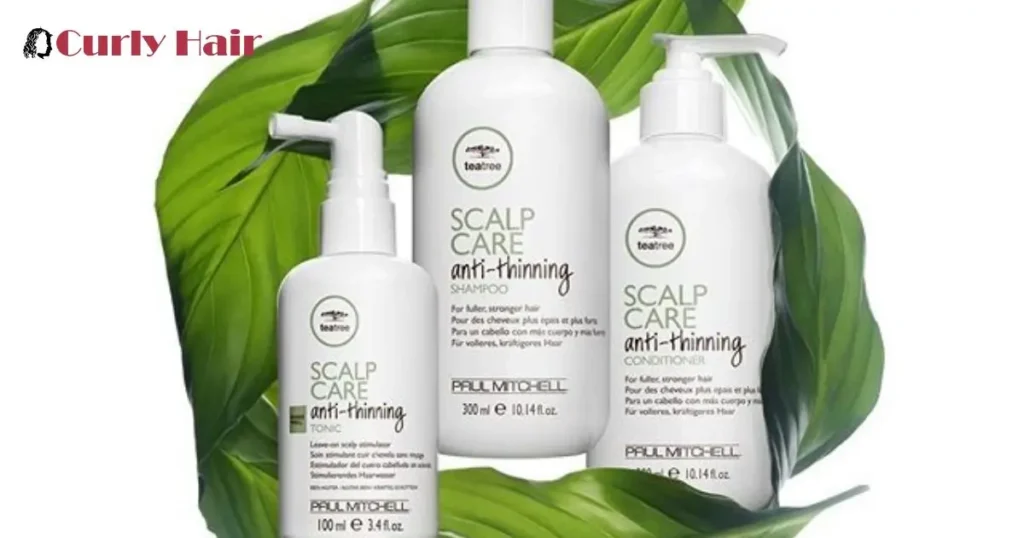
Your scalp plays a huge role in the health of your curls. A clean, well-balanced scalp promotes hair growth and overall hair health. Regular scalp care, such as using scalp scrubs or gentle massaging with oils like tea tree or peppermint oil, can stimulate follicles and improve hair condition.
Why You Need It: A healthy scalp ensures that your curls grow strong and thick.
How to Use: Apply scalp treatments once a week for the best results.
Trim Split Ends Regularly
Split ends don’t repair themselves. If you’re noticing your curls looking uneven or frazzled, a trim is essential to prevent further breakage. Regular trims help maintain the health and shape of your curls.
When to Trim: Aim to trim every 6,8 weeks, depending on your hair’s growth and how much damage it’s experienced.
Why It Works: Removing split ends prevents them from traveling up the hair shaft and causing more breakage.
How to Know If Your Hair Repair Methods Are Working?
It takes time, but there are a few signs you can look for to see if your efforts are paying off:
- Your curls feel softer and more defined.
- You experience less breakage and fewer split ends.
- Your curls bounce back with more elasticity and volume.
Give your curls the love and care they deserve, and you’ll start noticing healthier, stronger hair.
Conclusion
In the search for the best curly hair repair method for damage, there’s no one-size-fits-all solution. But by implementing protein treatments, deep conditioning, co-washing, and trimming your hair regularly, you can restore your curls to their natural beauty. Remember, patience is key.It takes time, but the results are worth the wait.
Start with the basics, and tailor your curly hair routine to your unique needs. Soon enough, you’ll be flaunting your healthy, bouncy curls once again!
Frequently Asked Questions
Can I repair heat-damaged curly hair?
Yes, with consistent protein treatments and moisturizing products, you can restore your curls and prevent further damage.
How often should I deep condition my curly hair?
Once a week is ideal for most curly hair types, but adjust based on your hair’s needs.
What products should I avoid for curly hair repair?
Avoid shampoos with sulfates and alcohol-based products that can strip moisture from your curls.
Can I repair over-processed curly hair?
Yes, though it may take longer. Focus on protein treatments, deep conditioning, and scalp care.
Are oils good for curly hair repair?
Yes, oils like argan oil and jojoba oil help lock in moisture and reduce frizz, making your curls more manageable.
How do I prevent further damage to my curls?
Avoid excessive heat styling, harsh chemical treatments, and rough handling. Use satin or silk pillowcases to reduce friction.
What’s the best way to reduce frizz in curly hair?
Use leave-in conditioners, hydrating oils, and gentle styling methods to tame frizz without weighing your curls down.
